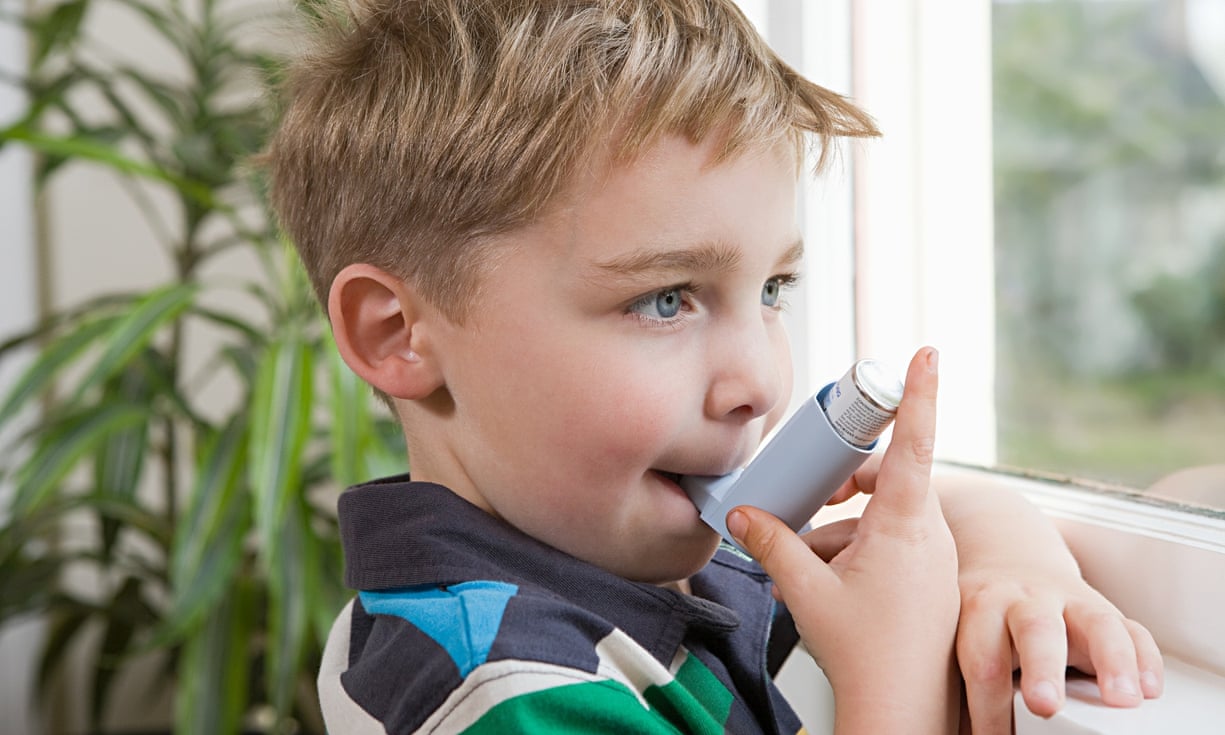news
晚上8:08
"People with long-term health conditions and three groups who spend a lot of time indoors – young mothers, children and older people – will be particularly at risk, the report says."
An 80% rise in the 5.4 million people already suffering from asthma, do you want to risk your children to these indoor pollutants?
Asthma could be worsened by energy-efficient homes, warns study
Published by The Guardian - Denis CampbellSeptember 22, 2015
The report predicts there may be an 80% rise in the number of people suffering from asthma by 2050.
Lack of ventilation caused by better insulation could create spike in indoor pollutants, research warns.
The number of Britons with asthma could almost double by 2050 because the air inside homes is becoming more polluted as they become more energy-efficient, a new report warns.
The trend towards airtight houses could also worsen allergies as well as breathing problems, and even exacerbate lung cancer and heart problems, according to a leading expert in indoor air quality.
Airborne pollutants created by cooking, cleaning and using aerosols such as hairsprays will increasingly stay indoors and affect people’s health as homes are made ever more leak-proof to help meet carbon reduction targets, a report by Professor Hazim Awbi claims. Small amounts of chemicals found in detergents can stay on the fibres of washed clothes, be emitted into the air and combine with particulate matter from logs burned in a real fire, for example.
“Poor indoor air quality is connected with a range of undesirable health effects, such as allergic and asthma symptoms, lung cancer, chronic obstructive pulmonary disease, airborne respiratory infections and cardiovascular disease,” says the report written by Awbi, who is professor of the built environment at Reading University’s school of construction management and engineering. “With the expected increase in airtightness for UK dwellings, it is anticipated that indoor air quality will generally become poorer, resulting in an increase in the number of cases of health symptoms related to poorer indoor environment quality.”
People with long-term health conditions and three groups who spend a lot of time indoors – young mothers, children and older people – will be particularly at risk, the report says.
It predicts that by 2050 – the date by which Britain is supposed to have achieved an 80% cut in carbon emissions – declining indoor air quality could have led to:
■ An 80% rise in the 5.4 million people already suffering from asthma.
■ Concentrations of volatile organic compounds – chemicals linked to the use of aerosols – being 60% above World Health Organisation 24-hour limits.
■ Nitrogen dioxide levels rising to 30% above the WHO’s limits.
The report’s findings reflect growing concern that indoor pollutants, not just fumes and other chemicals in the outdoor environment, can damage health. The WHO has already identified indoor air quality as a health hazard. And Public Health England, an agency funded by the Department of Health, is finalising a report on “climate change and the domestic indoor environment”, which it will publish before Christmas.
Lack of proper ventilation in both newly built homes and those that have been refurbished to reduce their consumption of gas or electricity is storing up future health problems, Awbi said.
“Many people spend 70-80% of their time at home, or even as much as 90% indoors if you include workplaces. Given that the average person takes in 500 litres of air an hour, if the air you are breathing in is polluted, you can imagine how much of this pollution is going to be absorbed,” he added.
He fears that increasingly airtight houses in which too little fresh air gets in are causing indoor air quality to deteriorate and preventing pollutants from being dispersed quickly. Humidity caused by poor ventilation also helps the proliferation of mould and house dust mites, which can cause asthma and other allergic conditions, according to Professor Peter Howarth, a professor of allergy and respiratory diseases at Southampton University.
Formaldehyde, a toxic gas emitted by wooden furniture, can also be problematic, added Howarth, who said he believed Awbi’s estimates were a realistic assessment of the harm to human health if building regulations are not overhauled to improve ventilation and ensure “air exchange”.
Simply opening windows to let in fresh air is not enough, and some form of mechanical ventilation is needed, according to Awbi.
“Poor indoor air quality can have a negative effect on people’s health, including aggravating asthma,” said Dr Sotiris Vardoulakis, Public Health England’s’s head of environmental change. “While energy-efficient houses will help address climate change, it is important to ensure that adequate ventilation levels are maintained and indoor air pollution sources minimised to protect public health.”
Awbi’s report was funded by Beama, a body which represents the UK’s electro-technical industry, which includes firms that install ventilation systems.
Andrew Proctor, director of advice and support at Asthma UK, said: “We know that indoor exposure to allergens can be a real problem for some people with asthma, but it is difficult to avoid them.” The one in 11 Britons with asthma should always seek help promptly when they have symptoms suggesting an attack, he said.
The Department for Energy and Climate Change said simply that government was committed to ensuring energy efficiency improvements in homes met the highest standards of installation.
Cumulate provides various air quality monitor selections to help you monitor the indoor air quality (IAQ). Our monitoring objects include CO, CO2, HCHO, TVOC (Total volatile organic compounds), Particulate Matter (PM2.5) etc..
www.cumulate.biz
#pollutant #air #asthma #heartattack #London #pm10 #IAQ #indoorair





0 意見